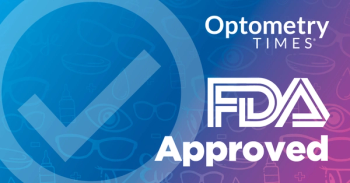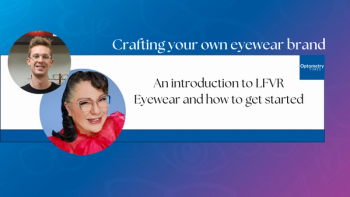The newly released State of Dry Eye Survey from Bausch + Lomb provides valuable insights into how patients perceive and manage dry eye disease. Selina McGee, OD, FAAO, Dipl ABO, discussed these findings as part of Bausch + Lomb’s “Know Your Dry Eye” campaign.
For McGee, who operates a large dry eye clinic, the results were validating and surprising. One of the most striking data points was that 88% of patients treated with a prescription strongly or somewhat agreed they wished they had started prescription medication for dry eye sooner.
“This was huge for me,” McGee emphasized. “It tells us that patients are not only receptive to earlier intervention but are actually asking for it—whether they say it out loud or not.” She believes these data should give clinicians the confidence to act proactively rather than waiting for symptoms to worsen or for patients to demand treatment.
Widespread misunderstandings about dry eye
Key takeaways for optometrists
- 88% of prescription-treated patients wish they had started medication sooner.
- Many patients mistakenly believe dry eye is temporary or self-resolving.
- Eye care providers should adopt a proactive, education-focused approach.
Another major takeaway from the survey is that 43% of sufferers mistakenly believe—or are unsure—that dry eye is a temporary condition, and 42% didn’t know or weren’t sure it requires long-term treatment.
According to McGee, these misunderstandings highlight a crucial opportunity to improve patient education. Quoting George Bernard Shaw, "The biggest problem in communication is the illusion that it has taken place," she explained that a single conversation in the exam room is rarely enough.
“We might think we've communicated clearly, but if patients don’t leave understanding that dry eye is a chronic disease requiring ongoing management, we’re missing the mark,” she said.
Improving communication and education
To address this gap, McGee recommends supporting verbal explanations with written handouts, digital resources, or take-home materials. Additionally, training the entire care team to answer common questions and reinforce key points ensures consistency in messaging.
These strategies can help patients better understand the chronic nature of dry eye and the importance of sustained treatment, leading to improved long-term outcomes.
A call to action for eye care providers
Ultimately, the survey underscores 2 urgent priorities: act sooner and communicate better. By taking a proactive approach and ensuring patients understand the need for long-term management, clinicians can significantly enhance care and patient satisfaction.
As dry eye disease continues to affect millions, these findings offer a clear path forward for providers committed to delivering truly patient-centered care.



















































.png)


